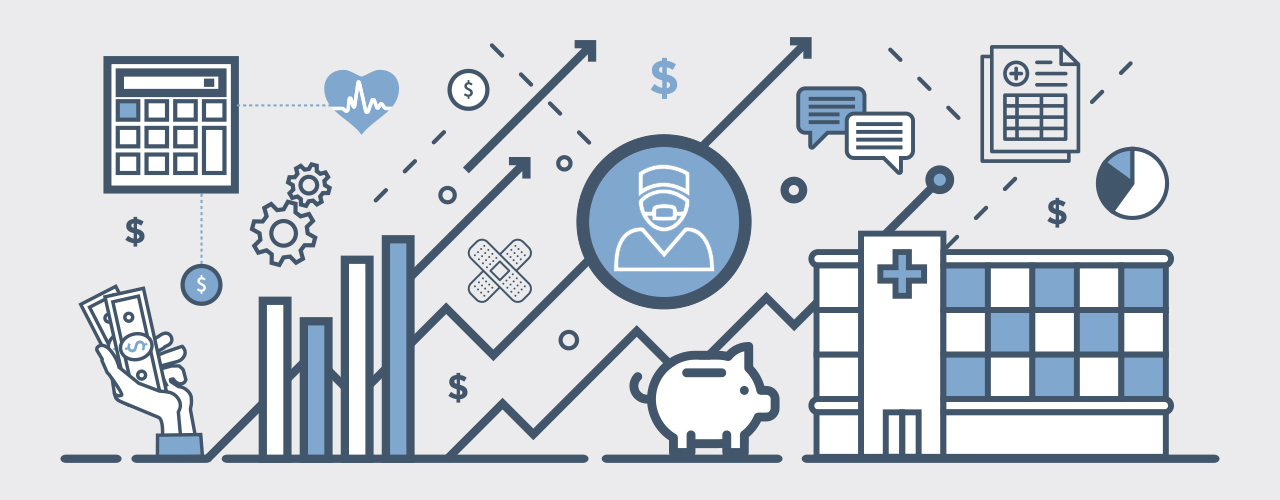Pricing strategy “thought starters”, part one: elective surgery
Pricing elective surgery is all about helping patients buy
The cost of healthcare is under ever more scrutiny. The overall cost burden is growing, and consumers are shouldering a greater share of it than ever. For provider organizations to survive, they’ll need to start thinking about pricing strategy: the process of setting prices in a way that appeals to the right set of customers and gives your organization an advantage.
We’ll be looking at pricing strategy in a three-part blog series, in which we’ll cover ideas for pricing strategies for different service models, including elective surgery, primary care, and urgent care. We’ve also covered the reasons why pricing strategy is so important in our ebook, Mindset Reset: How the Cost of Healthcare is your Biggest Brand Opportunity.
Let’s take a look at our first care model, elective surgery.
What’s unique about elective surgery?
Elective surgery can be expensive. Even before medical services are performed, the hard costs of simply having a patient in a bed are astronomical. In 2015, the average cost of one inpatient day at a non-profit hospital was $2,413. (Source: KFF) To put that in perspective, the average cost of a hotel room that year was $120. That’s less than 1/20th of the cost.
It’s not likely that your organization will be able to take a bite out of the cost big enough that patients will feel it, so you’ll have to think out of the box a little. One place to look is in other industries where the products are expensive by nature.
Pricing strategies to consider
Cost consultations come standard
Providers in certain service lines often require patients to complete some preparation steps before they undergo surgery. Bariatrics, for example, often requires a patient to lose a certain amount of weight on their own before they’ll perform surgery.
Care providers could set a system in place where all patients have a mandatory financial consultation before they are scheduled. This would not be done by physicians, but rather specialized staff with knowledge of both health care procedures and their financial implications. As a model, think about financial aid counselors at universities.
Financing is offered by default
Most people wouldn’t consider making a purchase of more than a couple thousand dollars without financing at least a part of it. Automobiles are the classic example, but even smaller purchases like mobile phones now come with financing options standard.
Healthcare is behind the times in financing. Options are available, but many charge interest rates high enough to cause more money troubles than they solve. Forward-thinking providers are filling in the gaps by partnering with financial institutions to offer packages with terms similar to an auto loan. Often the financial institutions are local or regional, and as such have a vested interest in the community.
Savings are shared with patients
Hospitals are increasingly compensated for keeping patients from being re-admitted. So it’s in the providers interest to keep a post-surgery patient happy, healthy, and on the road to recovery at home.
Why not share some of the profit with patients who exhibit the kind of behaviors that reduce readmissions? In theory, patients could earn a little money back by adhering to their medication schedules or completing follow-up visits within a given time frame. That’s a win-win for both patient and provider.
What’s next
These ideas are just a few thought-starters to help providers think in new ways about pricing their services in a way that’s attractive to patients. For more ideas to help your organization survive as the cost of care grows, check out our ebook Mindset Reset: How the Cost of Healthcare is your Biggest Brand Opportunity, or book some time to talk to us here.

